Some theory tells us that our former river Jezava was named after the people who lived around it or near it were catching the anger it caused by its timidity and frequent discharge from the riverbeds and floods of Godominski field and the town of Smederevo itself, and many people in Smederevo are caught by anger and nostalgia for virtually nonexistent. However, it still needs to catch the anger of those who, when they read this below, will see what and what kind of pearl we had, and lose!
The Jezava River is 47.5 km long and belongs to the Black Sea Basin. It is a tributary of the Danube and flows into it to the right at the Smederevo Fortress. There is an interesting rarity about Jezava which is reflected in the fact that it practically has 2 flows: winter and spring flow - when the Danube flows into it, and autumn and summer flow - when the river flows into the Danube! But in 1897 it was separated from it by an embankment.
This sleeve is 47.5 km long and flows into the Danube, but before that, that sleeve, or now Jezava, joins the river Ralj. Its name also has to do with the name of the mouth of the Danube, called Chavrntia, which translated from Turkish means vortex. Of course, that place was a target for fishermen, and it still exists today, except that there are no more vortexes since Jezava was regulated in 1967, so it no longer flows into the Danube and a marina is built on its former estuary.
However, there are some mythological theories about the emergence of the River Jezava, and they have arisen on the basis of the question: For what reason did the small river Jezava flow into the mighty Danube at this very place where the town of Smederevo is today?
Some theorists have argued that Jezava was attracted to the moderately continental climate, thanks to which the average annual temperature in this place ranges from 11 to 12 degrees, so it came to this area.
Other theorists have claimed that Jezava reached the willows on the banks of the Danube not by her own will, but by the furious rush of the koshava wind, the master of the air in this part of the Balkans.
Some third theorists have said that Esau actually reached this place following a flight of wild geese, ending with them on a clearing edged with oaks, jovas, willows and pickles. It was not until dawn that she saw the Danube stretching lazily through the centuries from west to east. The geese flew north, and Esau, astounded by the size of the river before her, cautiously entered it, first slightly moistening her breasts and forehead, then increasingly free, unrestrained and passionate. Thus, Esau poured into the Danube and remained forever attached to it.
Living people from the generations before World War II, and especially the generations immediately after, are happy to remember the great, beautiful and clear Jeze. She gave us many pleasures. In the summer we bathed in it, and of course, we did a lot of fishing. Many have learned to swim there. Bathing took place in all parts of Jezava, but the largest and most frequent bathing was at the so-called. Stonecutter. Swimming started back in May! Unfortunately, many people drowned there too! The rock was on the right side of Jezava, next to the lady, and was named after the stones left over during the lady's construction. The coast was a little higher up here, and Esau a bit deeper and slower.
On the opposite side was a beautiful grove, which we all called simply - Sumica, planted as the protection of the factory "Hero of the Serbs", while it was still a state workshop, in 1926. In the woods, many loving couples spent time waiting to go to the bishop. That famous bishop was inside the factory, so he turned out to be a Serb hero. The building had offices on the ground floor, and upstairs a large cinema room, but also for festive academies, theaters and other events. Next to that building was a building that housed, first, the Railway School, then the Crafts, then the School of Apprentices in Economics, to eventually establish the Lenin Industrial School.
These are all historical facts that needed sources:
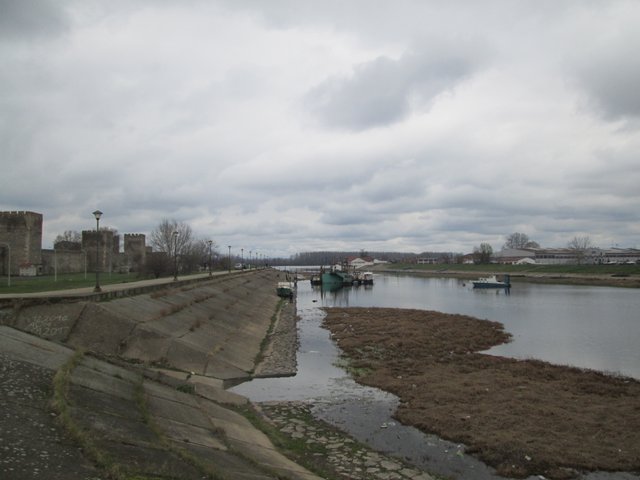
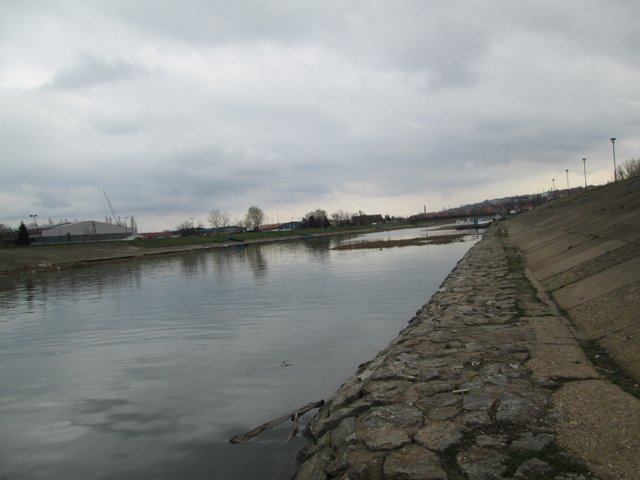
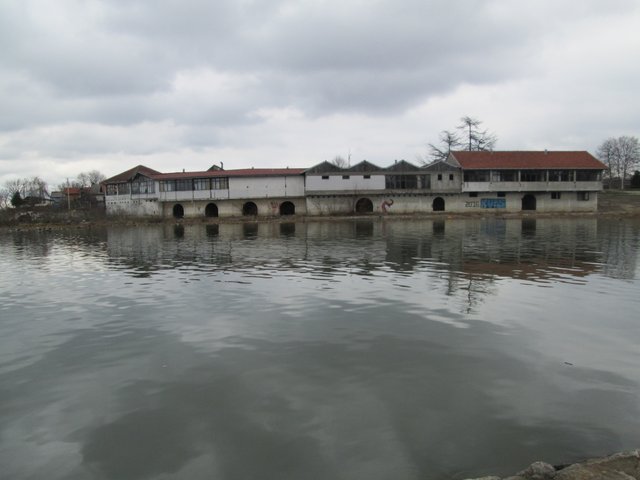

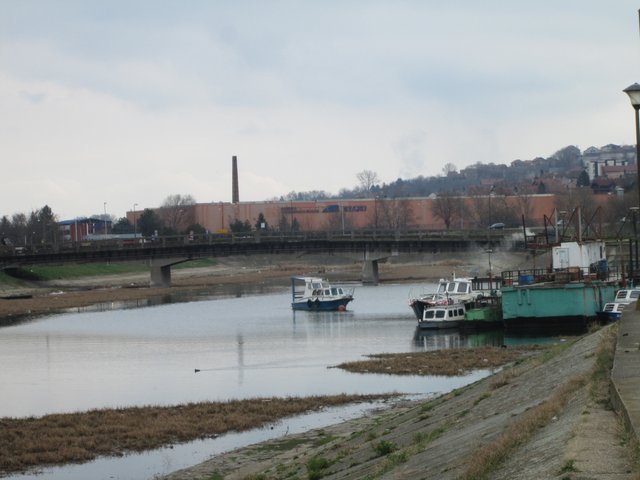
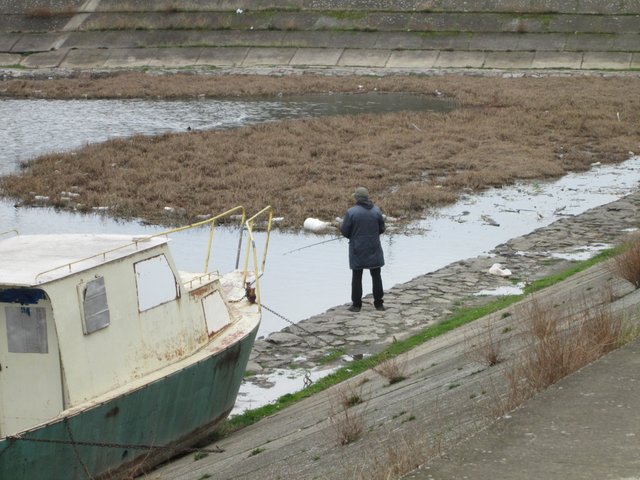
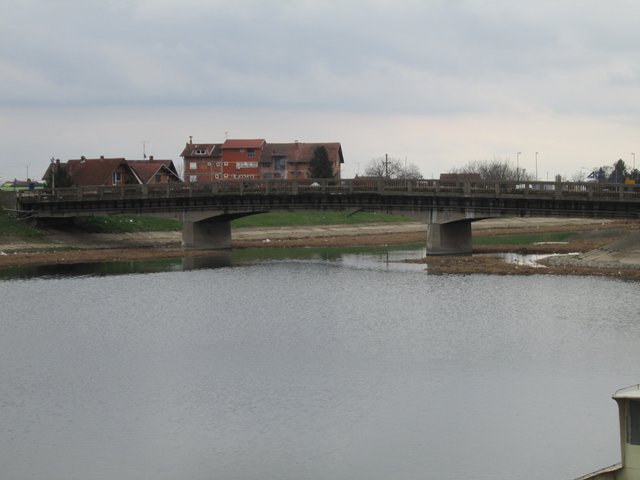
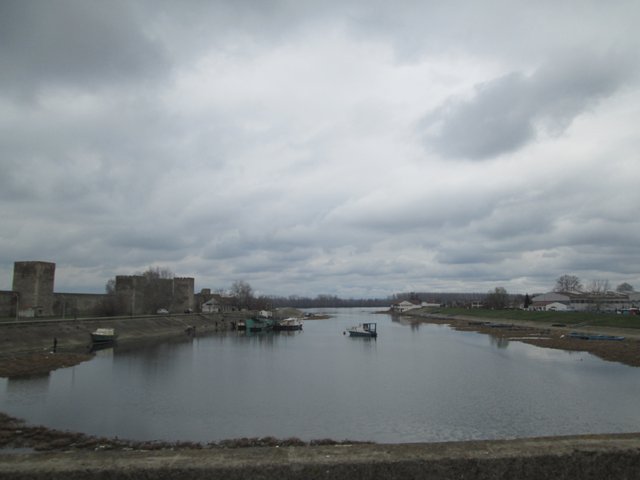
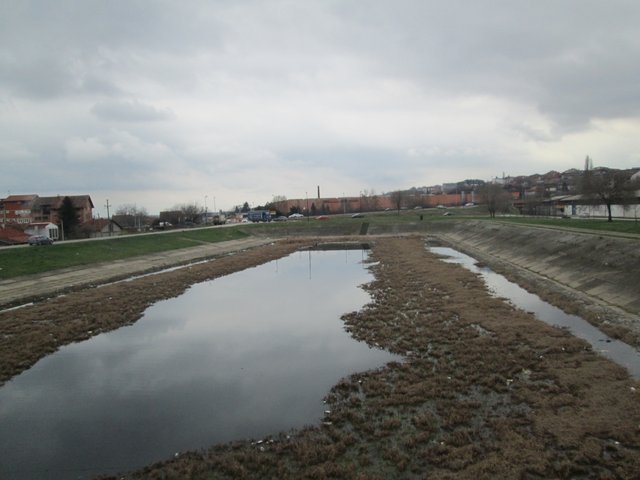
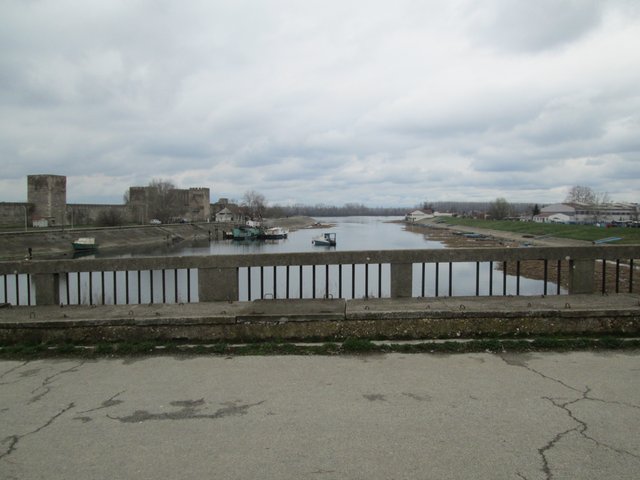
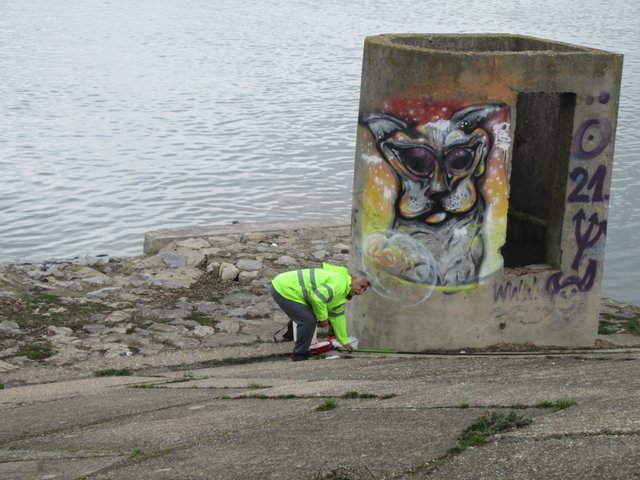
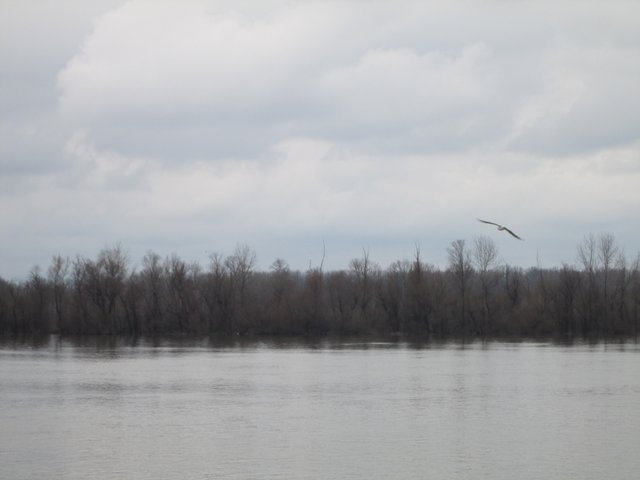
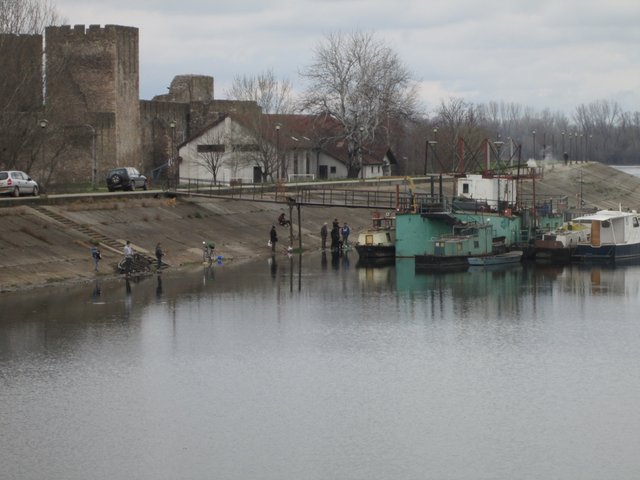

Congratulations @sarakey! Your post made the TravelFeed team happy so we have sent you our big smile. Keep up the good job. 😃
We noticed that you used the tag #travelfeed. With Steem moving to communities, we are retiring #travelfeed and will stop curating the tag with the launch of TravelFeed 3.0 in early March. You can learn more in our community announcement post. For your posts to be eligible for curation, we recommend you publish them through our platform TravelFeed.io. You can simply log in with your existing Steem account using Steemconnect or Steem Keychain.
Thanks for using TravelFeed!
@invisusmundi (TravelFeed team)
PS: Have you joined our Discord yet? This is where over 1000 members of the TravelFeed come together to chat. Join us!
Downvoting a post can decrease pending rewards and make it less visible. Common reasons:
Submit
Congratulations, Your Post Has Been Added To The Steemit Worldmap!
Author link: http://steemitworldmap.com?author=sarakey
Post link: http://steemitworldmap.com?post=jezava-dead-river-smederevo
Want to have your post on the map too?
Downvoting a post can decrease pending rewards and make it less visible. Common reasons:
Submit
Downvoting a post can decrease pending rewards and make it less visible. Common reasons:
Submit